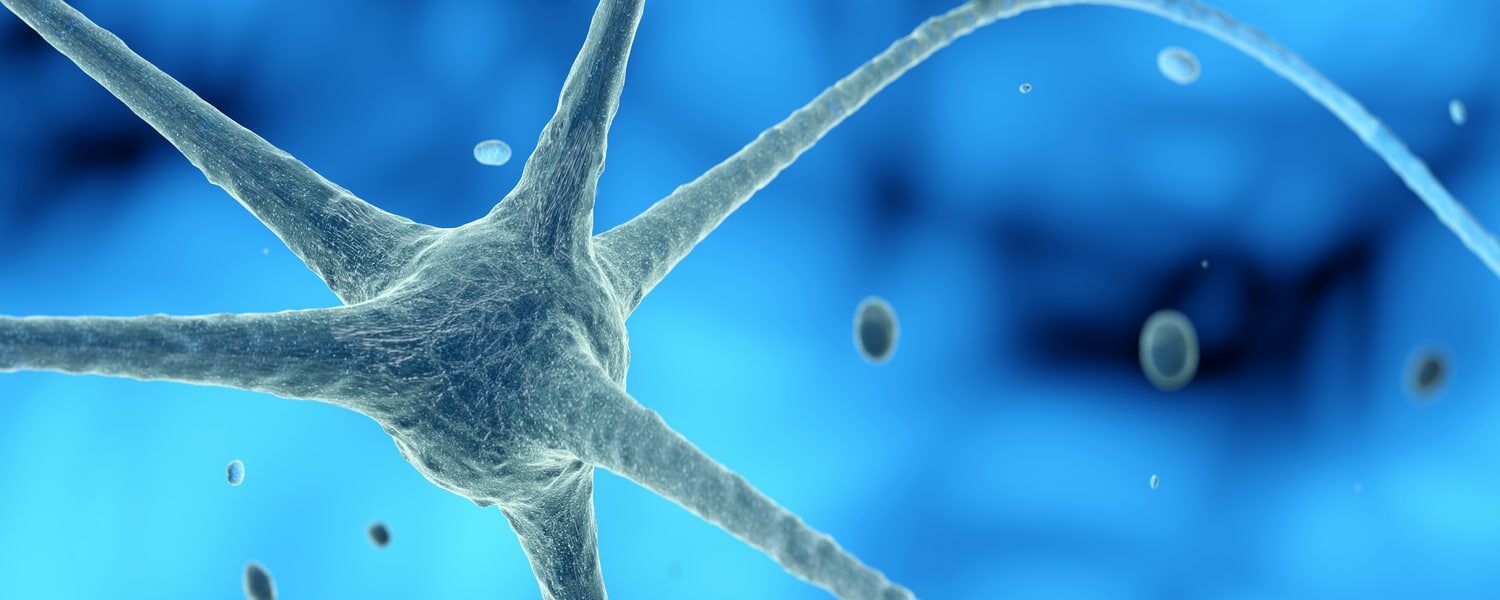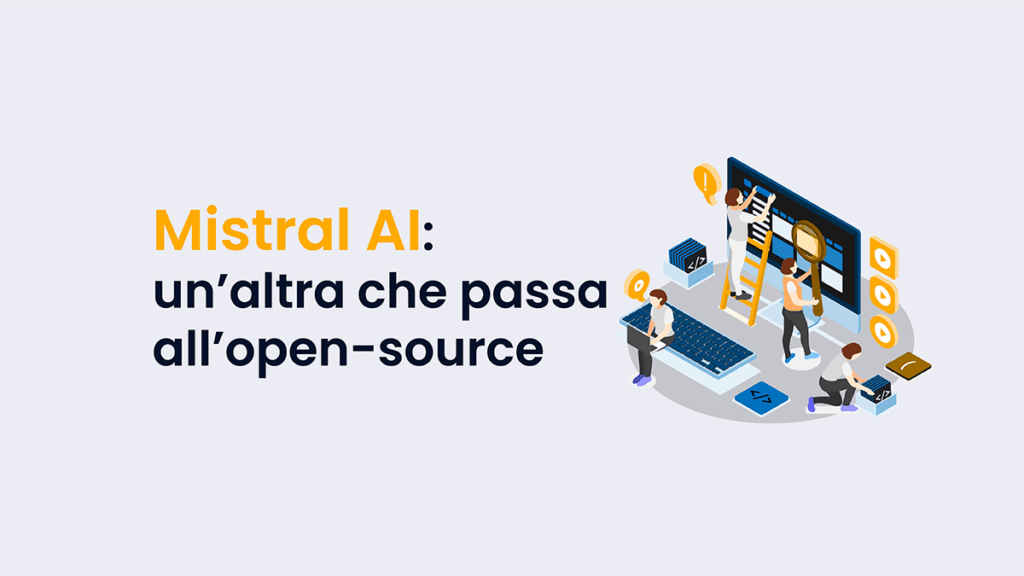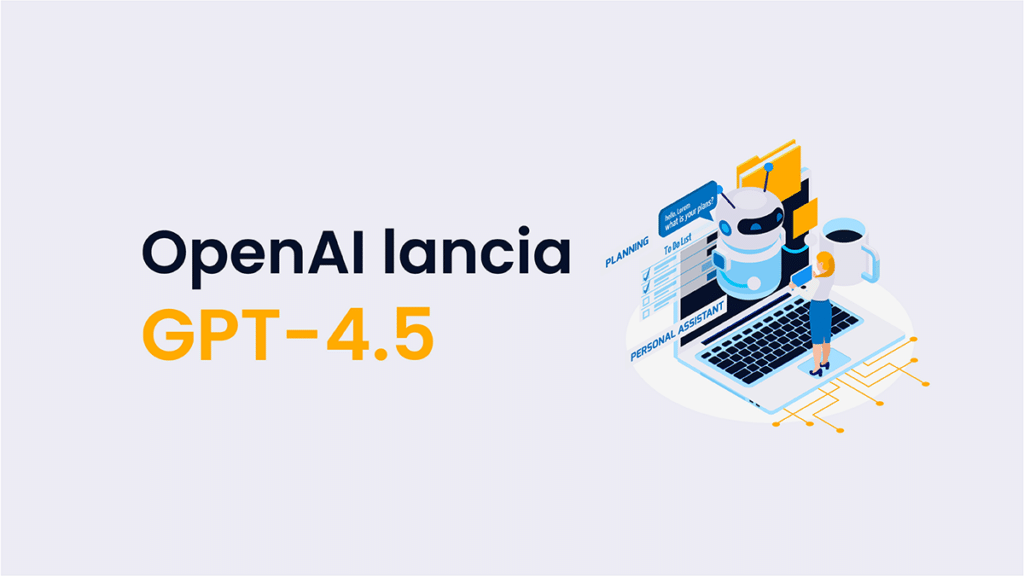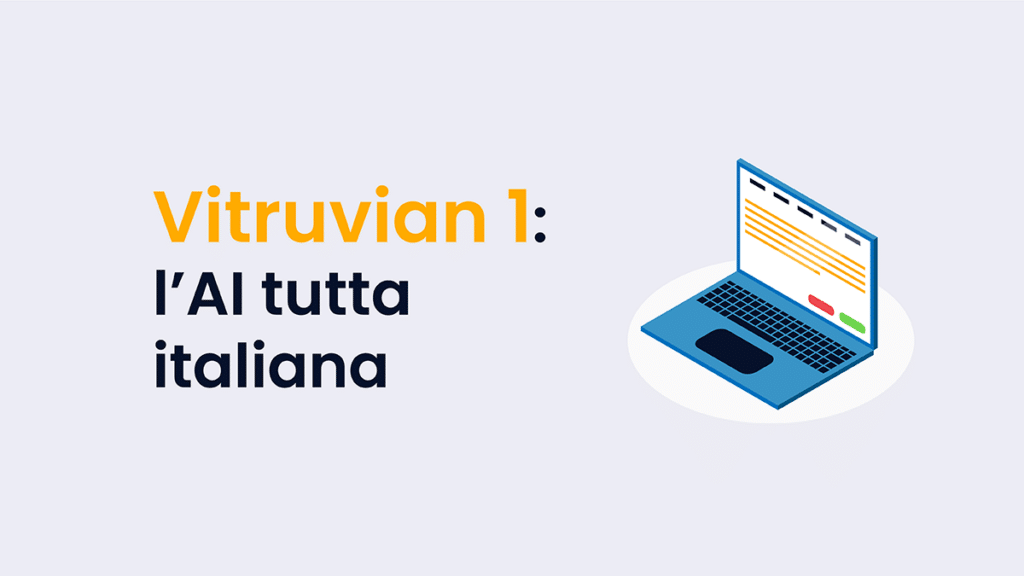Vi siete mai domandati come possano le IA apprendere, elaborare, adattarsi e migliorare? La risposta è nelle reti neurali: un sofisticato meccanismo di algoritmi ispirato al cervello umano. Qui, a partire dalla loro storia, cerchiamo di capire come funzionano in maniera semplice e diretta, senza scendere troppo in dettagli riservati agli addetti ai lavori. Quindi se non masticate tecniche annesse non preoccupatevi.
Che ci piaccia o no, le intelligenze artificiali infatti sono e saranno sempre più confezionate e distribuite per diventare alla portata di tutti. Avere un’idea basilare diventa perciò fondamentale sia per usarle, sia per rifiutarle, sia per interpretare i loro prodotti e risultati.
Cominciamo allora.

Indice dei contenuti
Cosa sono le reti neurali? Quando nascono?
Le reti neurali sono modelli computazionali progettati per simulare il comportamento del cervello umano. Il loro scopo principale è elaborare informazioni in modo simile a come fanno i nostri neuroni. Ogni rete è costituita da strati di nodi, chiamati neuroni artificiali o unità, collegati tra loro. Ogni connessione ha un peso che influenza la forza del segnale trasmesso. Quando i dati passano attraverso la rete, questi pesi vengono regolati attraverso un processo di apprendimento, permettendo alla rete di riconoscere schemi e fare previsioni.
Le reti neurali non sono esattamente una novità attuale. Infatti già negli anni ’40 scienziati come Warren McCulloch e Walter Pitts proposero i primi modelli teorici, ma solo oggi grazie ai progressi nei calcoli e alla maggiore disponibilità di dati sono diventate possibili.
Processo e tipi di apprendimento
Le reti neurali apprendono attraverso un addestramento, durante il quale solitamente vengono esposte a grandi quantità di dati etichettati e utilizzati per identificare schemi e migliorare le capacità predittive. Questo processo si basa su algoritmi di apprendimento automatico che regolano i pesi delle connessioni tra i neuroni per minimizzare gli errori nelle previsioni.
In altre parole, le reti neurali provano e riprovano, adattandosi continuamente finché non si ottengono risultati soddisfacenti.
Non sempre tuttavia vengono guidate nel processo. A volte, infatti, i dati possono non essere etichettati. Questo altro tipo di apprendimento permette alla rete neurale di identificare schemi autonomamente, ovvero senza input esterni.
Un altro tipo di apprendimento si basa su un sistema di ricompense e punizioni, dove la rete apprende attraverso l’interazione con l’ambiente.
Applicazioni pratiche delle reti neurali
Tra gli utilizzi più comuni delle reti neurali ci sono il riconoscimento delle immagini e la visione artificiale. Questi sistemi possono identificare oggetti, volti e persino diagnosticare malattie dalle immagini mediche.

Altra applicazione fondamentale è l’elaborazione del linguaggio naturale, cioè la comprensione del linguaggio umano. Questo campo dell’IA è alla base degli assistenti virtuali, delle intelligenze artificiali generative, dei traduttori automatici e degli strumenti di analisi per i social.
Altre applicazioni includono previsioni meteorologiche, dei mercati finanziari, rilevamento delle frodi, ottimizzazione della supply chain, chatbot avanzati e automazione industriale.
Utopia o distopia?
Per concludere vi offriamo due quadri opposti riguardo le prospettive future delle reti neurali alla luce delle loro applicazioni pratiche. Per semplificare proponiamo scenari estremi: uno utopico, l’altro distopico. Tuttavia, come quasi sempre accade, la verità è nel mezzo.
In una visione utopica, le reti neurali migliorano significativamente la qualità della vita, portando a progressi straordinari nella medicina, nell’educazione e nella sostenibilità ambientale. Le diagnosi mediche infatti diventano precisissime e tempestive. Le tecnologie educative personalizzate rendono l’apprendimento accessibile a tutti. Le soluzioni innovative per la gestione delle risorse naturali aiutano a combattere il cambiamento climatico.
Al contrario, nella visione distopica, l’uso incontrollato delle reti neurali porta a problemi di privacy, disuguaglianze economiche e perdita di posti di lavoro a causa dell’automazione. La sorveglianza di massa diventa una realtà quotidiana, le decisioni basate sull’IA amplificano i pregiudizi esistenti e la dipendenza dalle tecnologie avanzate crea nuove vulnerabilità e minacce alla sicurezza.
Secondo voi cosa potrebbe accadere?










